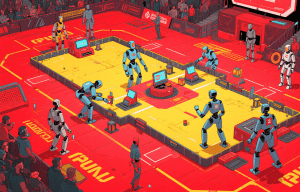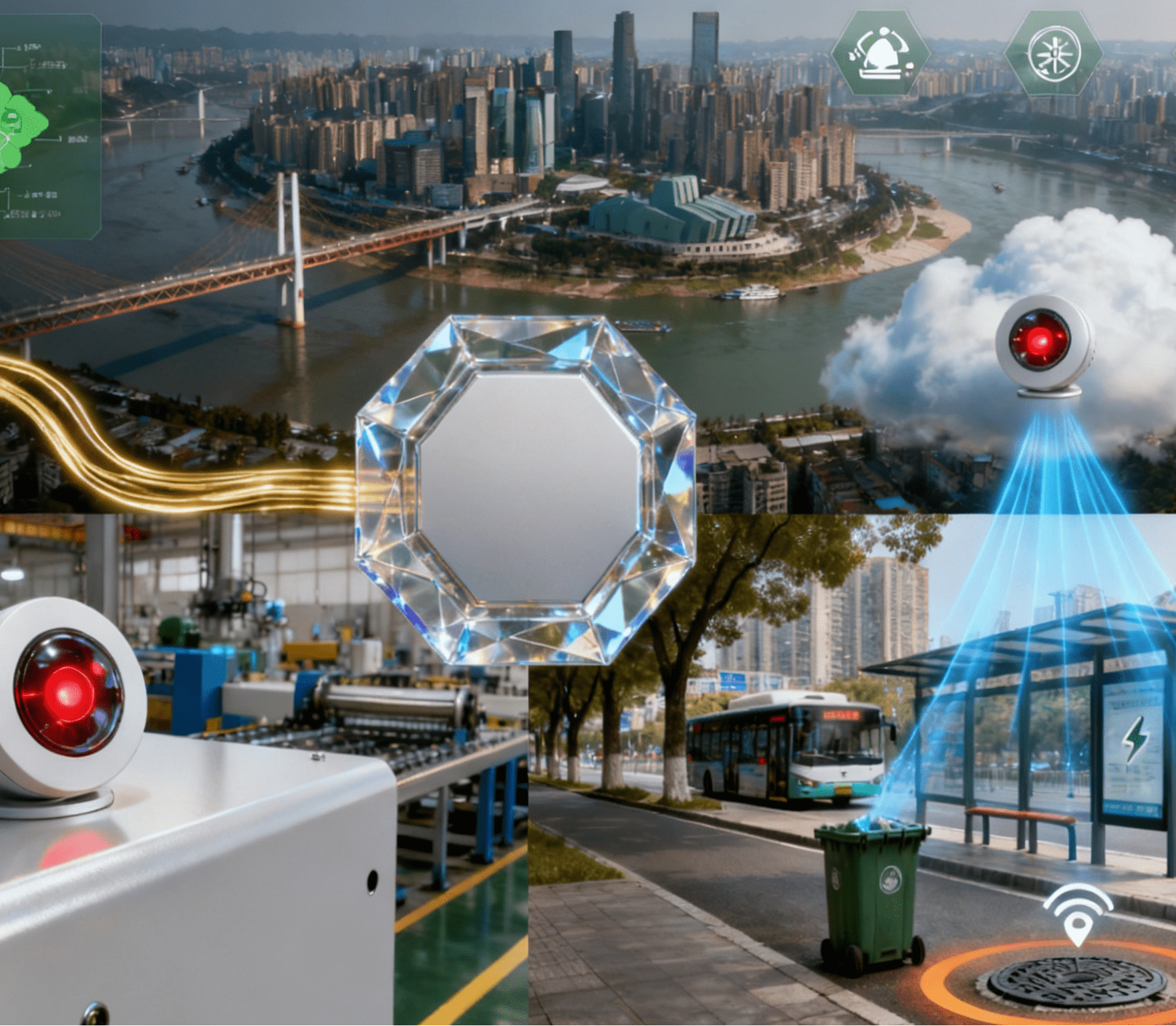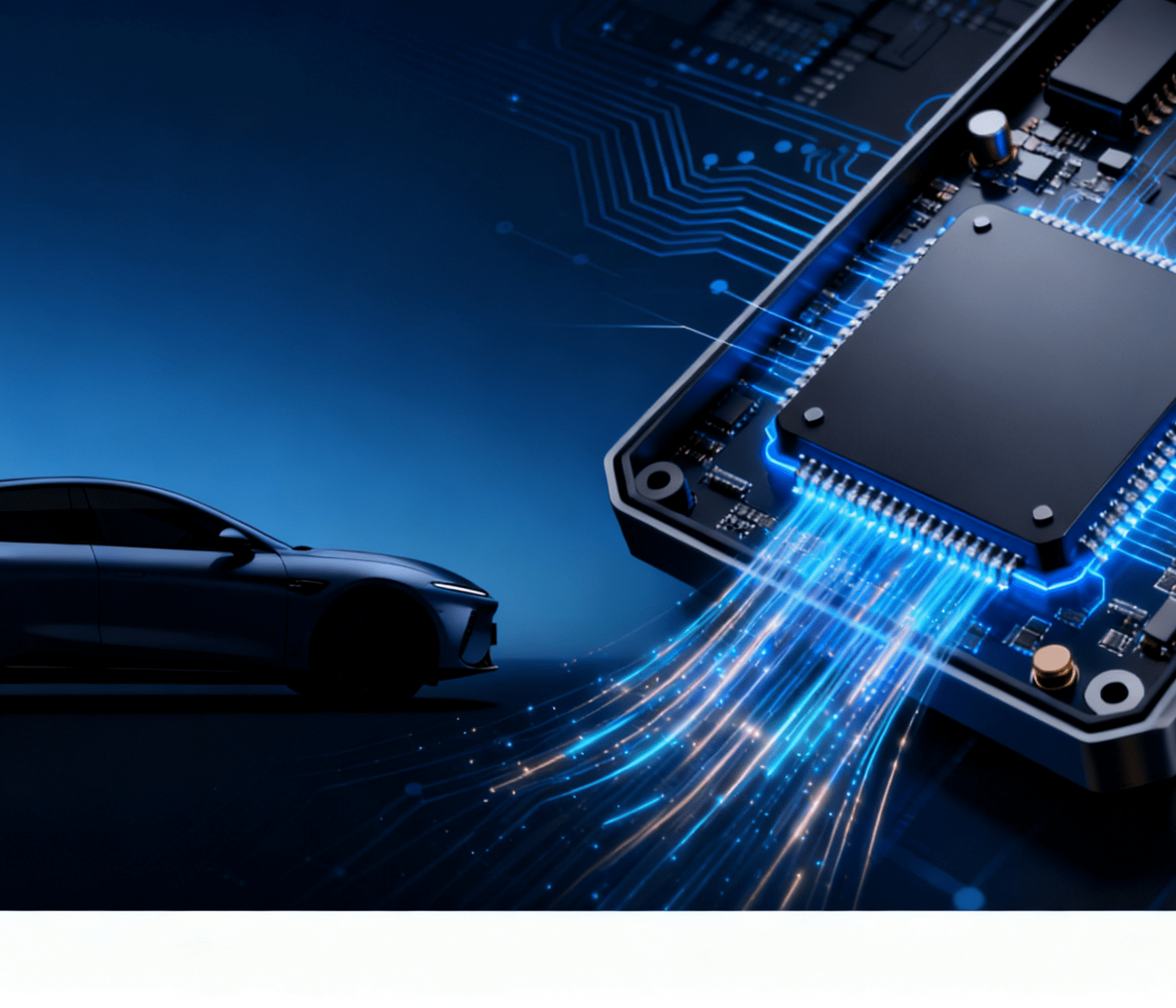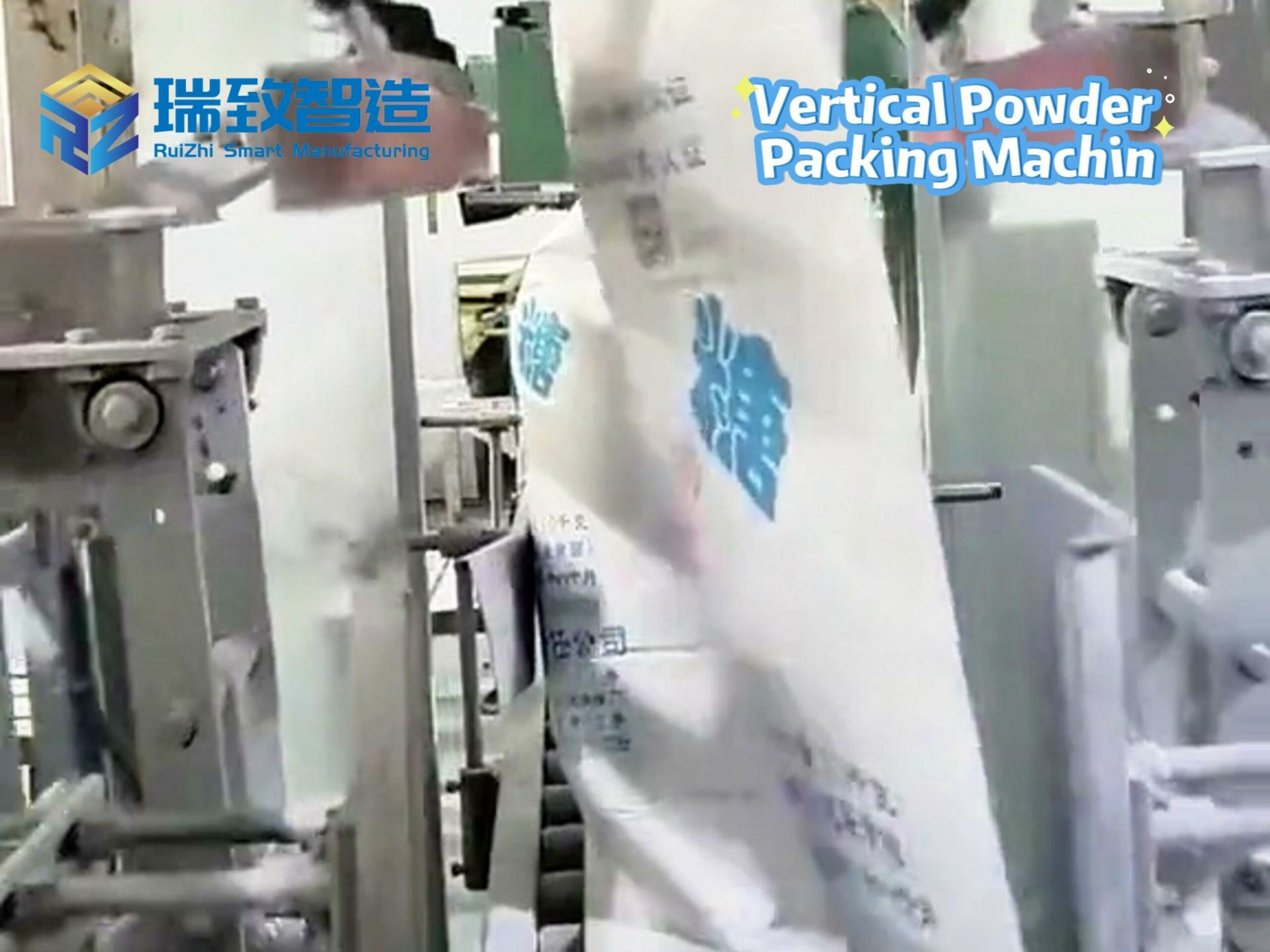Table of Contents
ToggleWho Will Win the Race to Develop a Humanoid Robot?

Revised Opening: The Humanoid Race Begins—Automation’s Next Frontier
On a bright spring morning in Hanover, Germany, the future of industrial automation and intelligent automation comes into focus at the Hannover Messe. Among the cutting-edge automation equipment on display is the G1, a humanoid robot by Chinese firm Unitree. Standing at 4’3” with fluid martial arts movements, it’s a glimpse into a world where automation equipment mimics human form—and ambition.
The race to build functional humanoid robots is heating up. These machines could redefine industrial automation by tackling warehouse tasks, or even revolutionize daily life as domestic helpers. But behind the excitement lies a question: Who will lead this revolution—China, with its supply chain might, or Western innovators betting on software and agility?
The Contenders: Tech Titans and Underdogs
Unitree’s G1 exemplifies China’s strategy: affordable hardware ($16,000) and open-source software, designed to attract researchers and accelerate development. “China’s robotics ecosystem is unbeatable,” says Thomas Andersson of STIQ, noting that 60% of global humanoid robot funding flows to Asia. Government backing, like Shanghai’s state-run robot training facilities, adds fuel to the fire.
But Western players aren’t surrendering. Elon Musk’s Tesla is pushing Optimus, aiming to deploy “several thousand” in factories by year-end. BMW and Hyundai (via Boston Dynamics) are integrating humanoids into assembly lines, leveraging industrial automation expertise. Meanwhile, UK-based Kinisi, led by serial robotics entrepreneur Bren Pierce, is betting on pragmatism with the KR1—a wheeled, armless robot designed for warehouses. “Why add legs when wheels work?” Pierce asks, emphasizing cost-cutting through off-the-shelf parts (e.g., electric scooter wheels) and user-friendly software.
The Core Challenges: Hardware, Software, and Scalability
- Hardware Hurdles: Humanoid robots require delicate balance between strength and safety. A fall from a 5-foot robot could injure humans, yet weak motors can’t lift heavy objects. Unitree’s G1 uses lightweight materials, but its $16k price tag still targets R&D labs, not mass markets.
- Software Bottlenecks: Even the most agile automation equipmentneeds AI to navigate unpredictable environments. “Current AI struggles with complex logic—like loading a dishwasher correctly,” admits a Unitree spokesperson. Kinisi’s KR1 sidesteps this by requiring human guidance for task learning, a workaround until intelligent automation
- Industrial vs. Domestic Use: Factories and warehouses, with controlled environments, are the immediate frontier for industrial automation. Domestic robots face chaos—cluttered rooms, varying furniture, and unstructured tasks—a challenge Pierce estimates will take 10–15 years to solve.
Strategic Advantages: Asia’s Ecosystem vs. Western Innovation
China’s edge lies in vertically integrated automation equipment ecosystems. From motors to batteries, components are sourced and assembled locally, cutting costs and speeding iteration. “Why ship parts globally when you can build them in Asia?” Pierce says, explaining why Kinisi manufactures in Asia despite UK design.
Western firms counter with software innovation. Tesla’s Optimus leverages the company’s self-driving AI expertise, while Boston Dynamics’ Atlas robot (now under Hyundai) excels in dynamic movement. But high costs—Atlas reportedly costs over $1 million—limit deployment to niche industrial uses.
Revised Closing: A Marathon, Not a Sprint
The humanoid robot race isn’t about who crosses the finish line first but who adapts fastest. China’s industrial automation ecosystem gives it an early lead in affordability and scale, ideal for factory deployments. Meanwhile, Western companies focus on specialized intelligent automation for high-value tasks, like Tesla’s factory robots or Boston Dynamics’ disaster-response machines.
For now, the real winners may be industries adopting hybrid solutions: Chinese-built hardware optimized by Western software, or agile startups like Kinisi blending both. As Bren Pierce concludes, “Humanoids won’t replace humans overnight. But in factories, warehouses, and eventually homes, the robots that thrive will be those that work with us—not just for us.”
The future of humanoid robotics isn’t a zero-sum game. It’s a collaboration between industrial automation might, intelligent automation smarts, and the enduring human need to innovate—one step (or wheel) at a time.




















